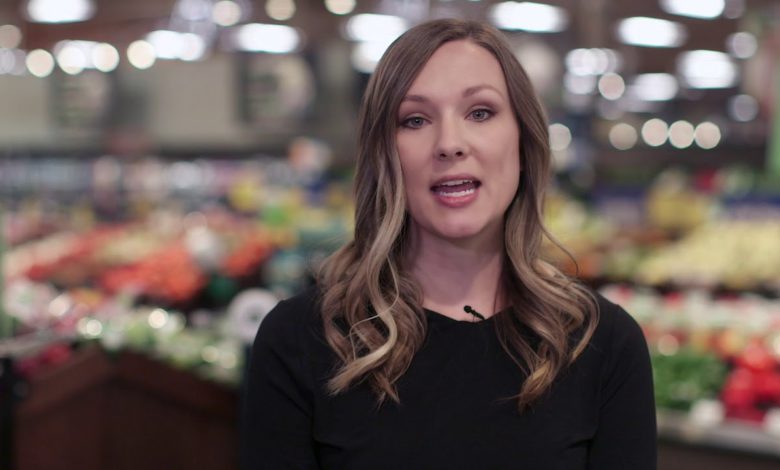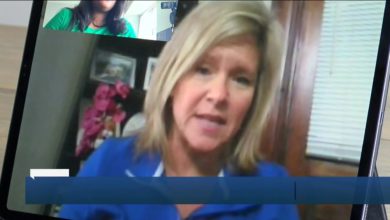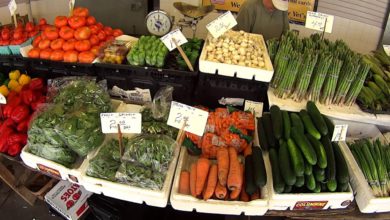
HealthWorks! Healthy Living Series: Reading Food Labels
by The Center for Better Health and Nutrition/HealthWorks! at Cincinnati Children's
Emily Ross-Teague, Registered Dietitian: "A food label tells you the nutritional content of your food and can help you make decisions about which foods and drinks to buy at the store.
You will find a nutrition facts panel on most packaged foods and drinks. When reading a food label, start by looking at the serving size, located here on the nutrition facts panel. All nutritional information on the label is based on the serving size given. Pay close attention to the number of servings per container, as many products have more than once serving in a package.
Here is an example of a food with two servings in one package. If you were to eat the entire package in one meal or snack, you would be getting twice the amount of calories and other nutrients listed on the panel. Having one serving of this food would provide 190 calories. But the entire package would be 380 calories.
You will find calories listed right below the serving size as well as the amount of fat, cholesterol, sodium, carbohydrate, protein and some vitamins and minerals. Again, these amounts are all based on one serving of the food or drink.
You may notice some labels include the amount of added sugars per serving. This is located below the total sugar. Limiting added sugars is recommended for weight management and good overall health.
Most nutrients on the nutrition facts panel also have a percent daily value listed. This shows how much of each nutrient is in one serving of food compared to the daily recommended amount. If the percent daily value of a nutrient is 20 percent or greater, this food is considered high in that nutrient. If the percent daily value is 5 percent or less, this food is considered low in that nutrient.
For example, this food is considered high in saturated fat because the percent daily value is higher than 20 percent.
Looking at a different food, we know this food is low in sodium because the percent daily value is less than 5 percent.
A list of ingredients in the food will be located below or beside the nutrition facts panel. The ingredients are listed in order of highest-to-lowest amount with allergy information listed at the end.
If you are looking to buy a whole grain product, use the ingredient list. You should find the words 'whole grain' of 'whole wheat' as part of the first ingredient.
The front of the package may also say '100 percent whole grain' or '100 percent whole wheat.'
If you have other questions about reading food labels, be sure to speak with your registered dietitian."
--
The funding for these videos was in part provided by Master Han and the Han’s White Tiger Tae Kwon Do Annual Break-A-Thon. Thank you!
source









